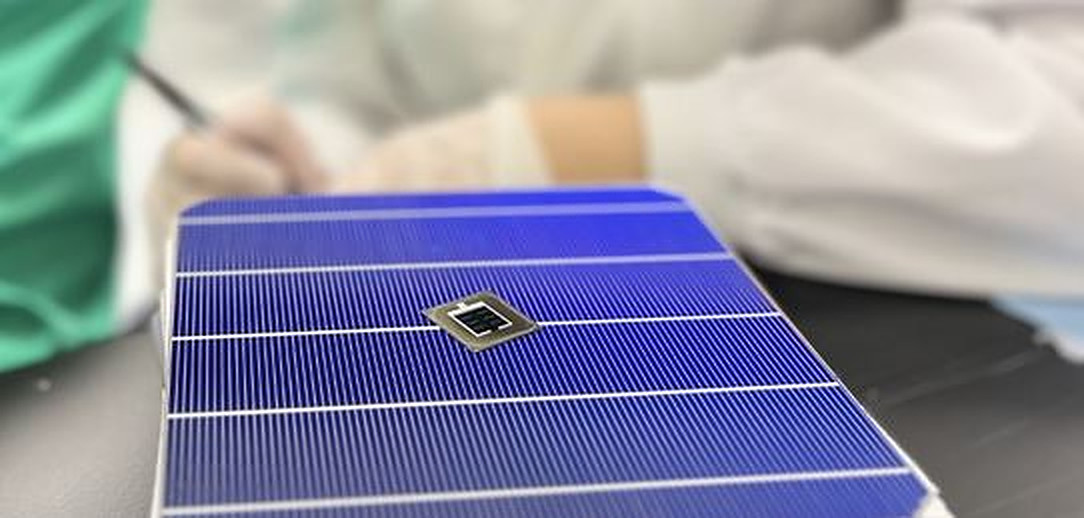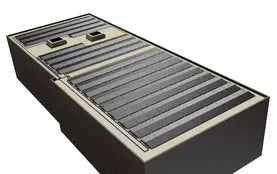https://www.pv-magazine-india.com/2023/06/01/kaust-claims-33-7-efficiency-for-perovskite-silicon-tandem-solar-cell/
KAUST claims 33.7% efficiency for perovskite/silicon tandem solar cell

Image: KAUST
From pv magazine Global
Scientists led by Saudi Arabia’s KAUST have achieved a power conversion efficiency of 33.7% for a perovskite-silicon solar cell. KAUST Professor Erkan Aydin made the announcement on its LinkedIn account.
“In two months’ time, we’ve set a new world record for perovskite/silicon tandem solar cells—again! With our latest update, perovskite/silicon tandem solar cells have reached impressive 33.7% certified power conversion efficiency, surpassing our previous milestone of 33.2%. We hope that our new achievement will contribute to accelerating the green energy transition,” he stated.
The European Solar Test Installation (ESTI) has certified the result.
The 1 cm2 cell also achieved an open-circuit voltage of 1.974 V, a short-circuit current density of 20.99 mA/cm2, and a fill factor of 81.3%.
In January, KAUST announced a power conversion efficiency of 28.1% for a perovskite-silicon tandem solar cell based on textured silicon wafers. In August 2022, it claimed a 26.2% efficiency for a monolithic perovskite-silicon tandem photovoltaic device.
In December 2021, KAUST researchers achieved a power conversion efficiency of 28.2% for a tandem solar cell with an area of around 1 cm2, based on an n-i-p perovskite stacked on top of a silicon heterojunction.
The same research group recently announced an inverted perovskite-silicon tandem solar cell with a 1 nm interlayer based on magnesium fluoride (MgFx) placed between the perovskite layer and the hole transport layer (HTL), in order to reduce voltage losses.
This content is protected by copyright and may not be reused. If you want to cooperate with us and would like to reuse some of our content, please contact: editors@pv-magazine.com.




